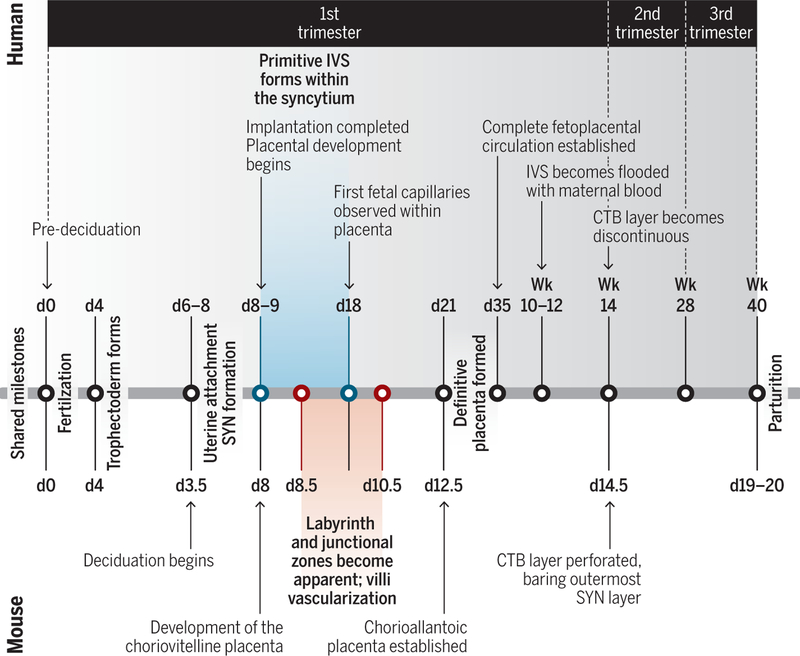Fig. 2. Timeline of human and mouse placentation.
The human early blastocyst forms around day 4 and is marked by the development of the trophectoderm—the first differentiation event in mammalian development. The primitive intervillous space (IVS) forms around days 8 to 9 from the coalescence of vacuoles forming within the SYN mass (creating lacunae). In between the lacunae are columns of SYN (trabeculae), which are invaded by CTB around day 12 to form nascent villi. Around day 15, the CTB invade the decidua (a task previously performed by the SYN for implantation). By day 21, the definitive placenta is formed. However, maternal blood does not flood the IVS until weeks 10 to 12. By contrast, the gestational period of mice lasts just 20 days. Other differences between human and mice include the development of the choriovitelline placenta at day 8. This primitive placenta (not formed in human gestation) is composed of the juxtaposition of the yolk sac against the maternal tissues and blood vessels. At days 11 to 12.5, the yolk sac placenta is supplanted by the chorioallantoic (definitive) placenta, and around day 14.5 for the mouse, the CTB layer covering the villi becomes perforated, and maternal blood can now directly contact the outermost SYN layer. Credit: A. Kitterman/Science Immunology

